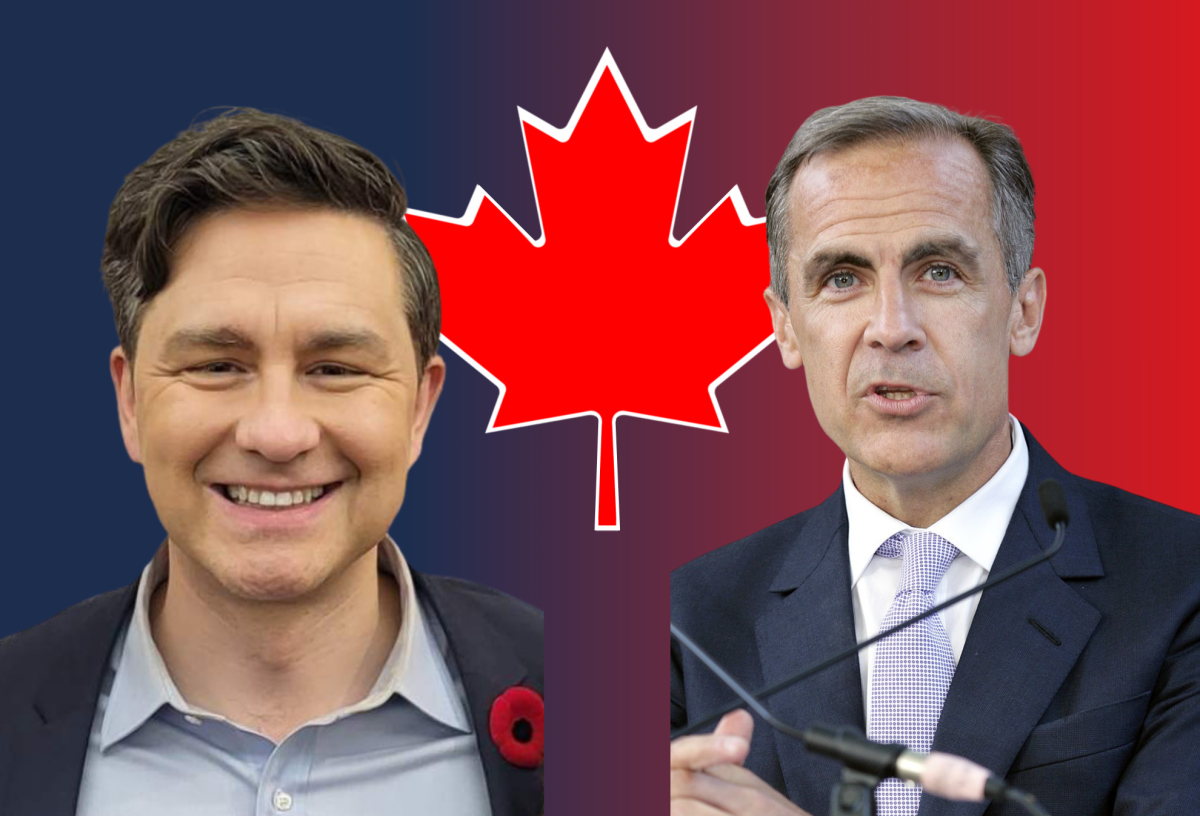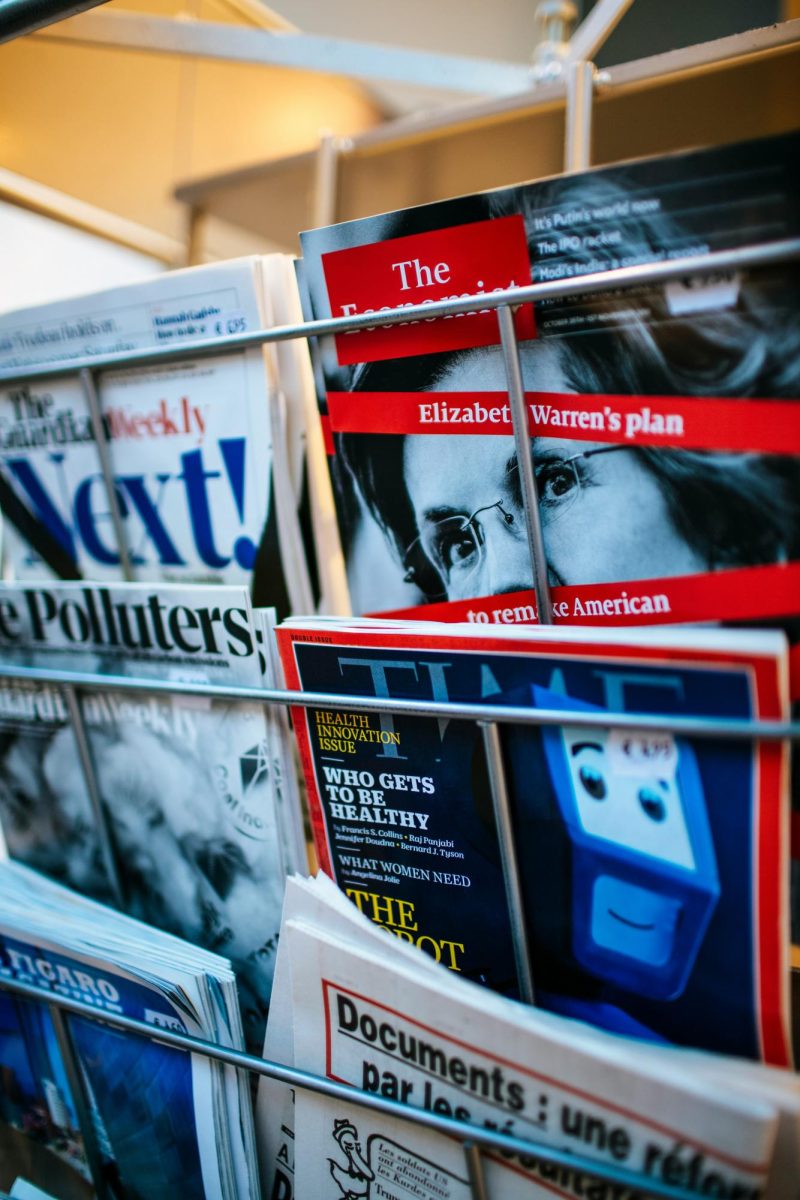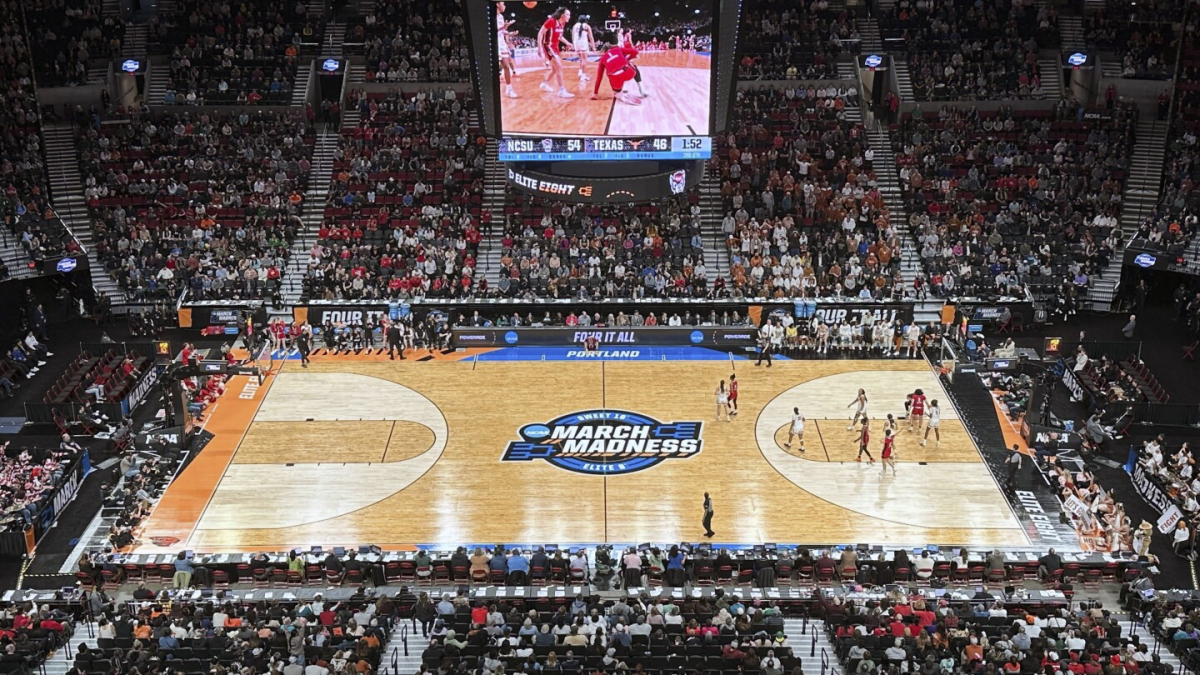On March 23, 2025, Canadian Prime Minister Mark Carney, the leader of the Liberal Party, called an election for April 28. The election had been scheduled to take place on October 20, but the prime minister hoped the current political climate would be more favorable for his party. But what did the Liberals need to do to stay in power, and pick up more seats?
Canada, like many countries formerly under British rule, uses a parliamentary system. Before the election, the Liberal Party held 45% of the seats in the House of Commons, so their party leader Mark Carney was the prime minister. However, Carney and the Liberal Party believed they could pick up some more seats. Since they came into power in 2015, the Liberal Party has lost seats, and was getting dangerously close to losing the prime ministership.
On January 6, 2025, the prime minister at the time Justin Trudeau announced he would not be running in the next election. Trudeau dropped out of the election due to low public support. Since the 2021 election, public support for the Liberals has declined. In late 2024, many members of the cabinet resigned, citing a disconnect between party leadership and citizens. It was likely to be a huge victory for the conservatives; however, after Trudeau dropped out, polls soared for the Liberal Party. Unlike when Biden dropped out in the U.S. election, Trudeau stepped down as prime minister, leaving room for Carney to take over.
Carney was chosen in part due to his background as the governor of the Bank of Canada, where he shielded Canada from many of the effects of the 2008 financial crisis. In 2013, he left Canada and became the governor of the Bank of England. Starting in 2020, Carney moved back to Canada and served as an unofficial adviser to Trudeau.
Although increased public support for the Liberal Party is in part due to the change in party leadership, another leadership change helped a great deal.
Since the inauguration of Donald Trump, the Liberal Party has been focusing a lot of their agenda on denouncing the president and his ‘51st state’ rhetoric. Liberals have used the Trump administration’s increased tariffs to further criticize Trump’s actions.
The Liberals hoped that they could equate the Conservatives to the Trump administration, leveraging national pride to help them retain parliament.
The Conservative Party, however, ran on a message of change. The party focused on how, despite the new leadership, the Liberal Party was still the same as it was when it came into power almost ten years ago. The Conservatives hoped that Canadians, fed up with the state of the economy, would seek their party as a remedy. Similar to the Trump campaign last year, they were also placing a heavy focus on immigration control. They were attempting to link the Liberal government with illegal immigration and the current housing shortage in Canada. The liberals did well in the election, going from 152 seats to 168. A lot of that is from seats that formerly belonged to third parties. The conservatives also picked up seats, going from 120 to 144. With the liberals in the lead, Carney will likely stay as prime minister until the next election in 2029.








